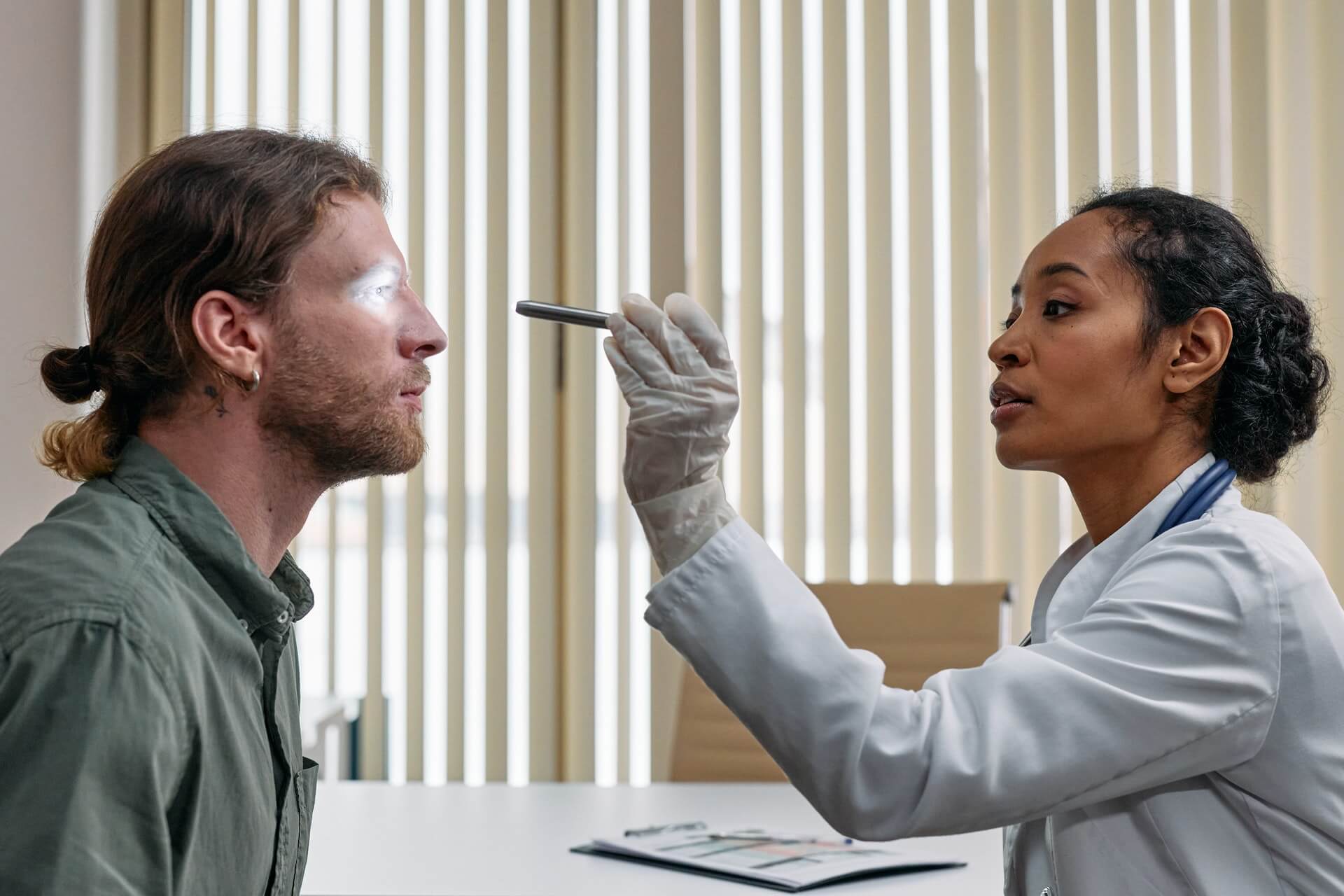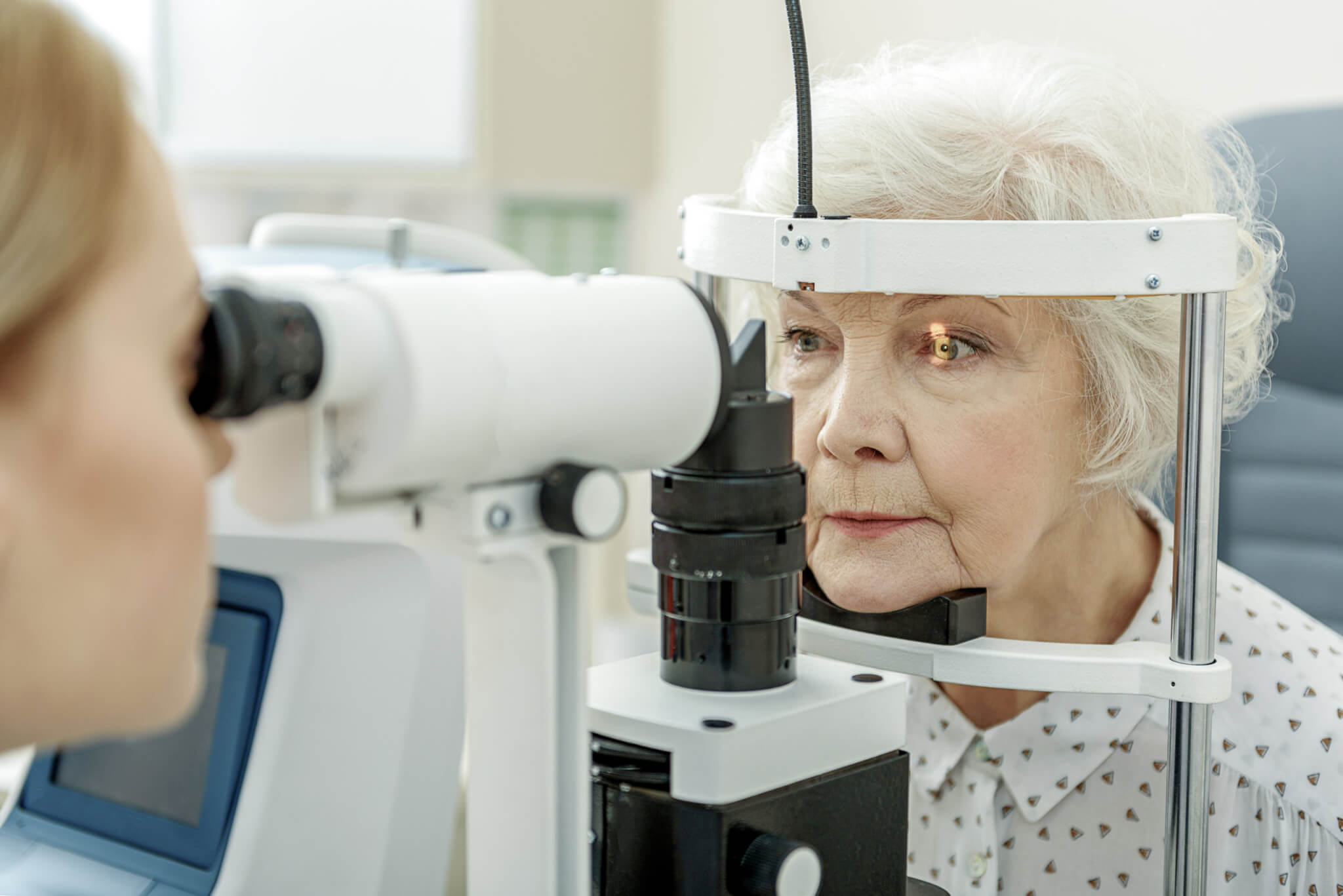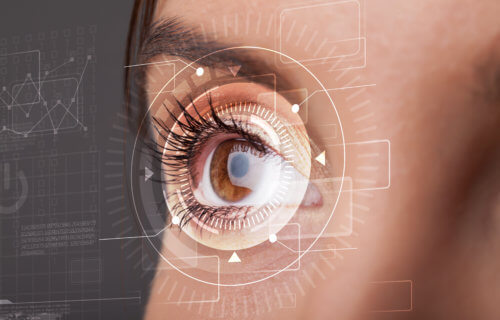GLASGOW, Scotland — Artificial intelligence could help save countless patients from blindness, a new study explains. Scientists have developed an AI-powered screening program which scans for single-gene conditions known as IRDs (inherited retinal diseases).
The international team says this new test could lead to more widespread testing of eye diseases and improved efficiency in detecting them. Project leader Dr. Nikolas Pontikos expects Eye2Gene to lead to personalized treatments for patients. The retina is a small membrane at the back of the eye that contains light-sensitive cells.
Dr. Pontikos, of Moorfields Eye Hospital in London, adds the device reveals the genetic cause of a host of disorders.
“Identifying the causative gene from a retinal scan is considered extremely challenging, even by experts. However, the AI is able to achieve this to a higher level of accuracy than most human experts,” says Dr. Pontikos in a media release.
The scan could allow doctors to prescribe drugs and lifestyle changes years before symptoms of vision loss emerge. The main IRD is retinitis pigmentosa. Passed down through families, symptoms include difficulty reading and seeing in poor light.
Others include Leber congenital amaurosis , Achromatopsia, Stargardt disease, cone-rod dystrophy (CRD), choroideremia, X-linked retinoschisis, and congenital stationary blindness.

The British and German researchers utilized Moorfields’ vast database of information on IRDs, covering more than three decades of research. More than 4,000 patients have received a genetic diagnosis as well as detailed retinal imaging, making it the largest center of its kind.
Current methods of detecting eye diseases are based on a patient’s individual expression of genes, defined by the Human Phenotype Ontology, or HPO. It involves the use of standardized and structured descriptions of observable characteristics.
“However, HPO terms are often imperfect descriptions of retinal imaging phenotypes, and the promise of Eye2Gene is that is can provide a much richer source of information than HPO terms alone by working directly from the retinal imaging,” Dr. Pontikos continues.

In tests, Eye2Gene performed better or just as well on 130 IRD cases with a known gene diagnosis. In the future, the scan could be easily incorporated into routine eye examinations.
“Ideally, Eye2Gene software would be embedded into the retinal imaging device,” the researcher says.
For widespread use, it will need to go through regulatory approvals to demonstrate safety and efficacy.
“We need further evaluation of Eye2Gene in order to assess its performance for different types of IRD patients from different ethnicities, different types of imaging devices, and in different types of settings, for example primary vs secondary care. Clinical trials will be required before our system can be deployed in clinics as medical device software,” says Dr. Pontikos.
“We all know that a picture is worth a thousand words, so we had some expectation that retinal scans interpreted by AI could out-perform HPO terms only. But we were still pleasantly surprised to see that, even when quite specific HPO terms were used, Eye2Gene could still do as well or better than an HPO-only approach. We hope that AI will help patients and their families by making specialist care more efficient, accessible, and equitable.”
Each IRD is the result of at least one gene that is not working as it should. They can affect individuals of all ages and can progress at different rates. However, many are degenerative, which means that the symptoms of the disease will get worse over time.
The researchers are presenting their work at the annual conference of the European Society of Human Genetics.
“While real life experts are essential, the use of AI will help in mitigating biases and will allow diagnoses for all in the future,” says Professor Alexandre Reymond, the chair of the conference.
You might also be interested in:
- A simple eye test can predict risk of death from cardiovascular disease
- Retinal scans could be a non-invasive, inexpensive way to track human aging
- Cholesterol and diabetes drugs may lower risk of age-related degenerative eye disease
South West News Service writer Mark Waghorn contributed to this report.

